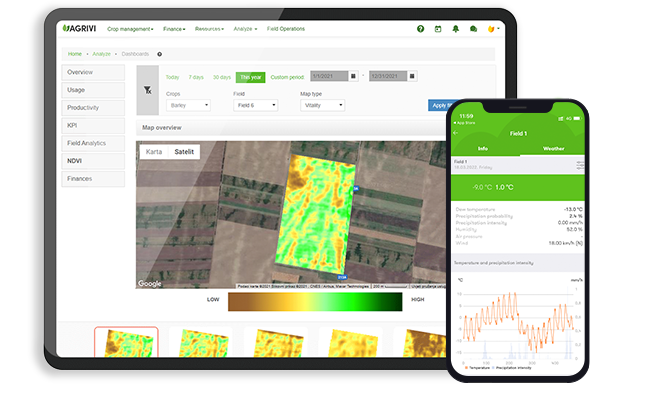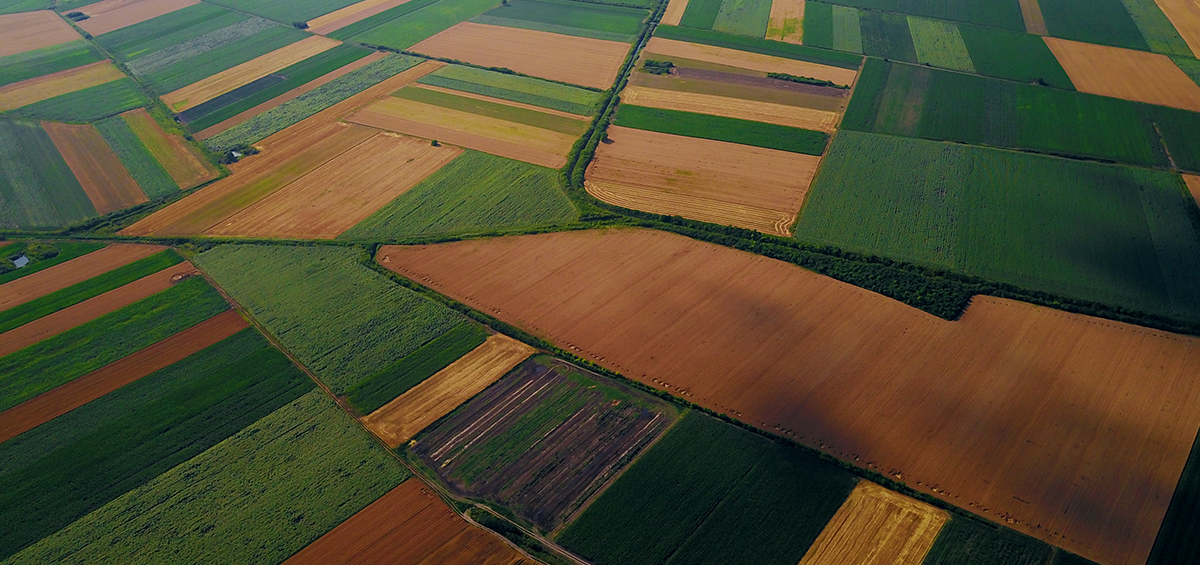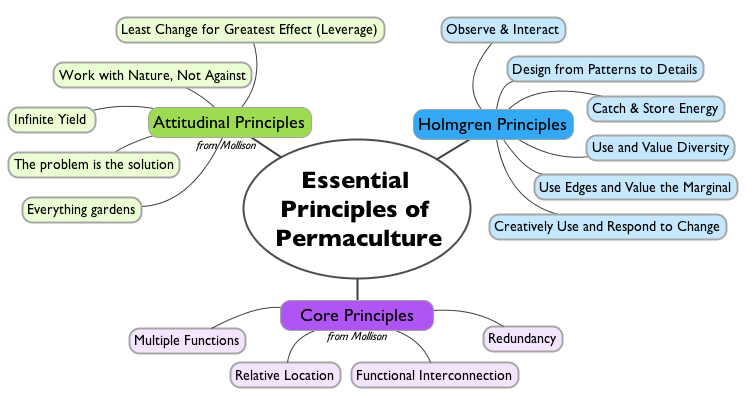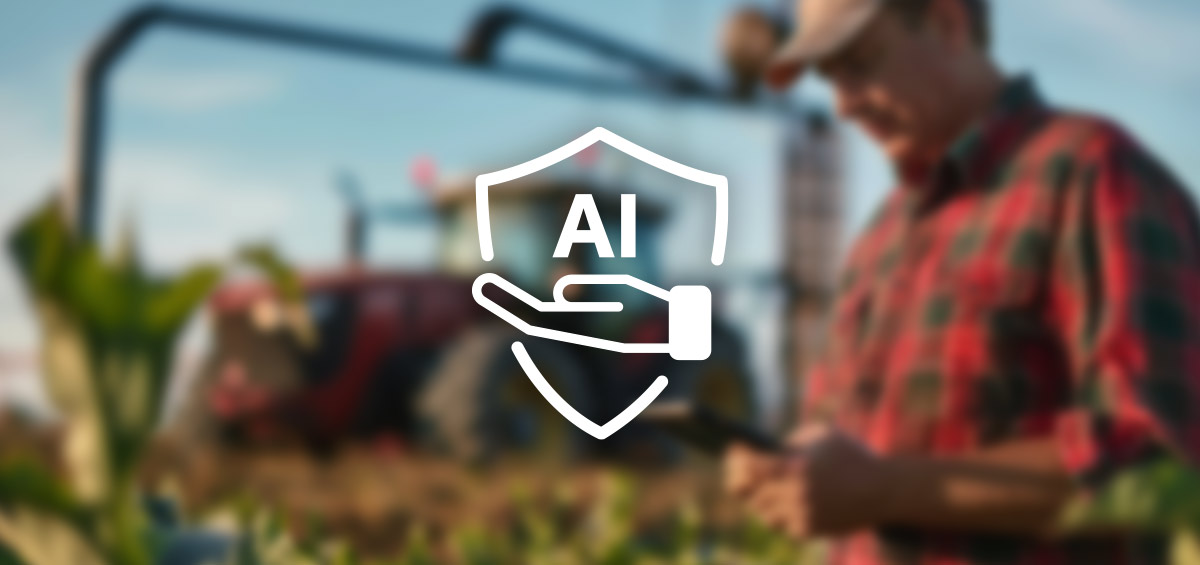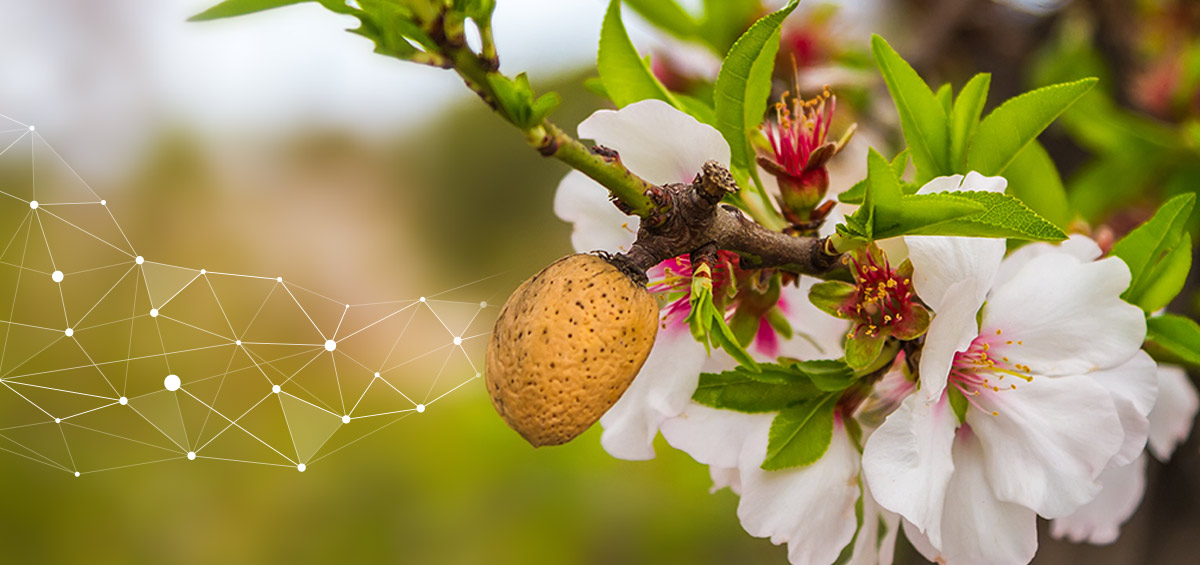Introduction to Permaculture
Permaculture is a term used to describe an intentional system of agriculture and settlement that aims to reflect the interrelationships and sustainability of natural ecosystems. Permaculture can be seen in contrast to intensive agriculture, which eventually leaves land unfit for farming, gradually reducing the amount of land suitable for human habitation. Permaculture is an attempt to best use land so that generations in the future can continue to make use of the land in productive manners, allowing for personal subsistence or food production. It draws from several disciplines including organic farming, agroforestry, composting, mulching, integrated farming, sustainable development, and applied ecology.
Permaculture Throughout History
Permaculture was coined as a term in the 1970s by David Holmren and Bill Mollison, two Australians dedicated to the sustainable use of land. Although they were the first to use the word, the ideals of permaculture in the modern sense have been around since at least the early part of the 20th century, and the practices that make up the core of permaculture date back thousands of years.
At its most basic, permaculture farming principles are just a form of agriculture that can be practiced forever. Industrial farming techniques are seen as inherently limited, with an eventual wall past which a piece of land can no longer be used. High-density crops and the use of single crops over large expanses of lands strips away necessary nutrients as generations pass, eventually leaving the land barren. At the same time, artificial fertilizers can build up salts over time, making the soil inhospitable to plants.
Three Ethical Principles of Permaculture Farming
Permaculture farming ethics rely on three main principles: care for the earth, care for people and fair share. They form the foundation for permaculture design and are also found in most traditional societies. At the same time, permaculture moves beyond simply being a mechanical set of principles for management of all cultures that can be used in designing sustainable systems.
Permaculture farming tries to look at a piece of land in a holistic manner, integrating every animal and plant living on it, and combining that with social structures designed to foster long-lasting agriculture as well. Each element of a food cycle is broken down into what it requires and what it contributes, and then each element is pieced together to form a dynamically self-sufficient whole.
Here are a few principles of permaculture as described by David Holmgren:
- Observe and interact – by taking the time to engage with nature we can design solutions that suit our particular situation
- Catch and store energy – by developing systems that collect resources when they are abundant, we can use them in times of need
- Obtain a yield – ensure that you are getting truly useful rewards as part of the working you are doing
- Apply self-regulation and accept feedback – we need to discourage inappropriate activity to ensure that systems can continue to function well
- Use and value renewable resources and services – make the best use of nature’s abundance to reduce our consumptive behavior and dependence on non-renewable resources
- Produce no waste – sustainable agriculture through valuing and making use of all the resources that are available to us, nothing goes to waste
- Integrate rather than segregate – by putting the right things in the right place, relationships develop between those things and they work together to support each other
- Use and value diversity – diversity reduces vulnerability to a variety of threats and takes advantage of the unique biodiversity of the environment in which it resides
As industrial food systems begin to appear threatened by a myriad of factors, from pests attacking monoculture crops to increased prices and dwindling supplies of the fossil fuels necessary to create industrial food and transport it, permaculture is gaining more and more support. Communities are looking to permaculture as a way to ensure not only that the land they are on will remain healthy well into the future, but that their food supply will be sustained even through potential global crises.
Source: Wisegeek
Fostering Sustainable Agriculture with Farm Management Software

Examples of Actual Farm Improvements Made by Using AGRIVI Farm Management Software in Regular Farm Operations
By improving the efficiency of agricultural production, reducing input usage (fertilizers, chemicals, fuel), and adopting regenerative practices which focus on enhancing ecosystem health, soil fertility, and biodiversity global crop production can not only decrease its footprint but also has the potential to sequester more carbon in the soil than it emits and could offset part of emissions from other industries.
This is where AGRIVI farm management software (FMS) comes in as enormous help as a powerful solution to address these challenges and foster regenerative practices in agriculture.
Implementing precise practices that promote regenerative principles requires advanced tools and technologies to monitor, detect risks, and optimize resource usage. Moreover, advanced remote scouting, spraying window calculator, and irrigation and harvesting windows further enable efficient and sustainable management of agricultural operations. Based on real AGRIVI customers’ feedback, the main benefits related to the use of the precision agriculture stack are among others the decrease of pesticides usage by 21 % in line with CSRD and EU Green Deal objectives, the reduction of fertilizers usage by 23 %, a significant positive impact on fuel consumption and labor hours, which overall leads to a direct improvement on Scope 3 GHG emissions by reducing machinery usage, fuel usage, and pesticides usage, limiting drift from spraying operations and reducing potential risks from pesticides waste and eventually the likelihood of product recalls.
Unpredictable weather events and pest outbreaks pose challenges to sustainable agriculture. Monitoring and managing weather risks and pests in a timely manner is crucial to minimize crop damage and ensure sustainable production.
AGRIVI FMS incorporates weather and pests stack to help farmers manage weather risks and pest outbreaks. The platform detects weather risks such as hail and frost, providing early warnings for proactive decision-making. It also offers customizable alarms based on field-specific conditions and sends in-platform and email notifications, allowing farmers to take prompt action to protect crops and mitigate risks.
All mentioned above have a direct impact on food waste and fostering reactive practices and not preventive, which leads to a decrease of pesticide usage thus resulting in up to 25% reduction in waste caused by quality and safety issues.
Sustainable agriculture is not a choice but an imperative. As the world struggles with issues related to food security and environmental concerns, leveraging technology like farm management software provides optimism. It empowers farmers to make data-driven decisions that benefit both their bottom line and the planet.
